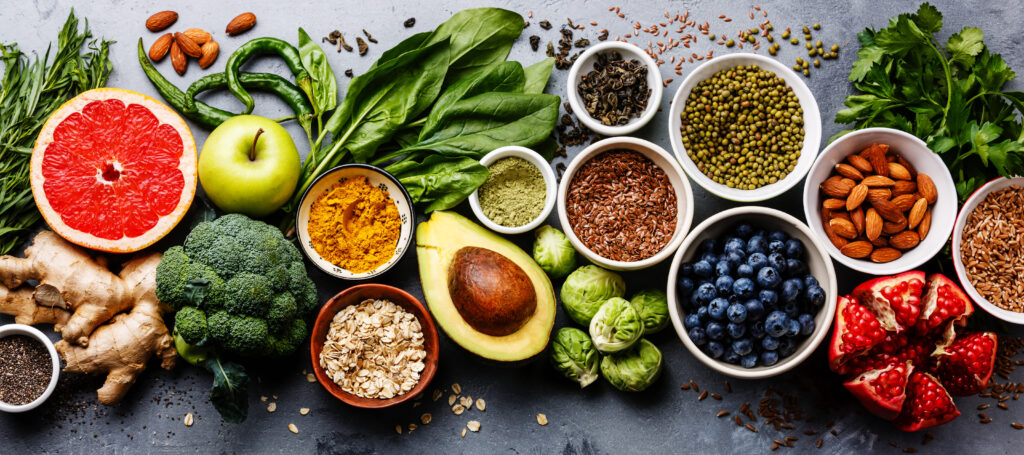what’s the difference between lactose intolerance and cow’s milk allergy?
Published November 2019
Many people are confused about the difference between lactose intolerance and cow’s milk allergy. Misunderstood as same condition; the terms lactose intolerance and cow’s milk allergy are used interchangeably and incorrectly. Most likely due to the similarity of symptoms such as bloating, wind and diarrhoea; both being related to drinking milk and alleviated by avoiding it. When I say milk – I mean mammalian milks such as cow’s (including infant formula) goats, sheep and human milk. So, here is the main difference: Cow’s Milk Allergy is an immune system response to milk protein, which drives a spectrum of symptoms affecting the skin as well as the tummy. In the more severe IgE allergic reactions, the mouth, throat and breathing are affected. Lactose intolerance is not an allergy but a physical response due to lack of digestive enzyme lactase required to digest the milk sugar lactose. This blog will give an overview of symptoms, causes and dietary management of lactose intolerance providing further links on products and nutritional information.
Lactose Intolerance
Is a normal response to the presence of undigested lactose (milk sugar) in the large intestine. When lactose digestion fails in the small intestine the lactose sugar travels onto the large intestine where bacterial fermentation, responsible for the characteristic bloating, discomfort and wind, takes place. In the presence of large amounts of lactose, water and salts are drawn into the large bowel (by osmosis) causing increased water volume, urgency to go to the toilet and explosive stools. Lactose is found in milk and dairy products like soft cheese and yoghurts. Hard cheeses have naturally low levels of lactose, as do products like butter, margarine and double cream. Adults and older children with established lactose intolerance can typically eat these foods without any problem. Those small amounts of lactose provide food for the friendly lactobacillus bacteria which normal live in the large bowel.
What are the causes of lactose intolerance?
Lactose intolerance itself does not cause damage to the small intestine; rather it’s the result of tissue damage to the intestinal lining which affects lactase enzyme production. A temporary condition in infants and young children, it will resolve as the gut cells turnover and repair themselves. Lactase enzyme decreases progressively with age with around 70% of the world’s population with limited lactase activity. Persistent lactose intolerance is uncommon in infants and young children, due to their high milk intake, which maintains enzyme production. Teenagers however may not regain their lactase activity following small intestinal damage or serious infection. The most common causes of lactose intolerance include:
- Gastro-intestinal infection with characteristic diarrhoea and vomiting
- Allergic inflammation, especially with unresolved non-IgE Cow’s Milk Allergy
- Small bowel bacterial overgrowth eg. in older children, teens
Products and differences in dietary management
It’s important to understand that the nutritional composition of milk alternatives make them unsuitable as drinks for infants and toddlers, but can be a useful addition to solids, when a nutritious fluid is needed to blend or mix. When selecting a milk alternative, always choose one fortified with calcium. Lactose free milks and cheeses made from cow’s milk contain cow’s milk protein, making them unsuitable for those with cow’s milk allergy. Vegan cheeses, whilst lactose and cow’s milk protein free have poor nutritional value and are not fortified with any calcium. A low lactose diet to treat lactose intolerance is usually followed for between 2 and 6 weeks (depending on severity of symptoms) and a cow’s milk protein exclusion for CMA for at least 6 months. Use this guidance on reintroducing lactose back into the diet if you had lactose intolerance but do seek further guidance for Cow’s Milk Allergy in Infancy if feeding is difficult and you are unsure about next steps.








